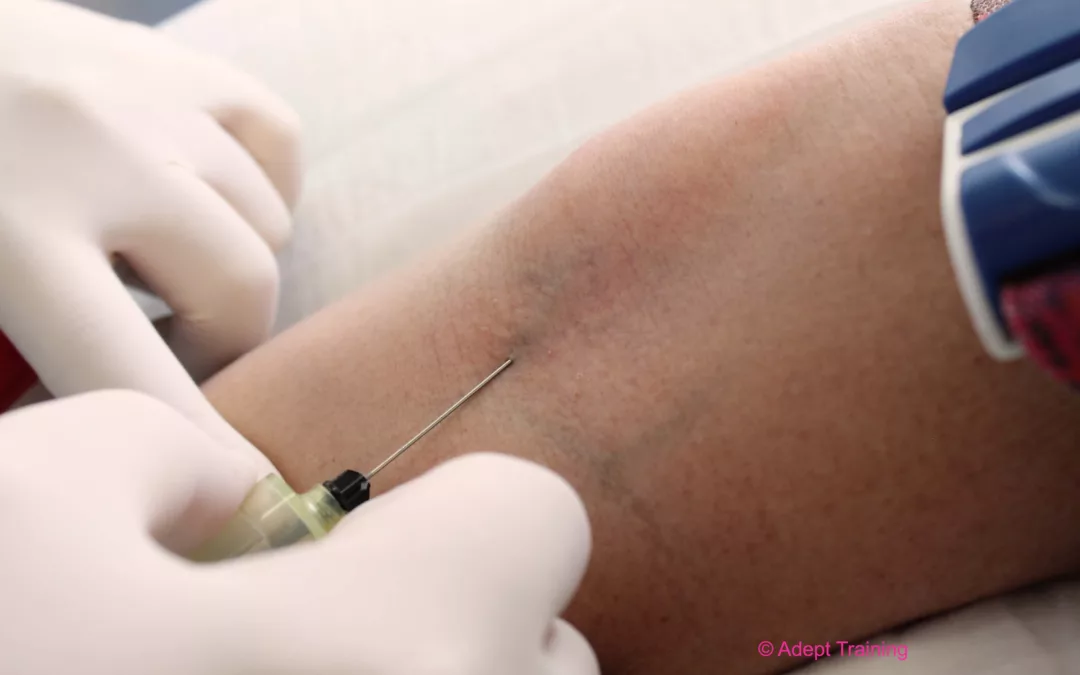Venepuncture is the process of extracting blood from the vein with the use of a syringe and a needle most commonly for blood sampling. Here are some facts that you may not know about this common procedure.
Venepuncture facts:
- 1. Venepuncture is generally less painful than other methods of blood collection, such as a capillary stick. This is because there are more nerve endings in the puncture sites for capillary puncture.
- 2. With venepuncture, a large volume of blood can be collected because multiple collections can be done at once. A single puncture with multiple tubes would avoid repeated performance of this procedure. If you are carrying out a collection of a large volume, you should do so with careful consideration for your patient. Depending on their condition and if there is no danger to the patient, then multiple tubes may be collected at once.
- 3. Venepuncture allows for more options with regard to site selection. Suitable veins can be found all over the body, with the exception of burns victims and obese patients. It is difficult to perform on obese patients and victims of severe burns as a result of them having veins which are not visible and are not easily palpated.
- 4. Venous blood yields are more dependable. Accurate results as the specimen come directly from the point of circulation.
Who performs venepuncture?
A skilled phlebotomist should always perform venepuncture. When working as a phlebotomist, you need to apply safety to each task you carry out as there are many different rules and precautions to be aware of. These are put in place to keep yourself and your patients safe and you should keep these in mind not only when you are working with patients, but also when you’re transporting blood samples and working around a lab.
How do you learn to perform venepuncture?
The qualification that you need is the HLTPAT002 Perform Venous Blood Collections course. During this course you will learn:
- An understanding of how to identify and respond to clinical risks in pathology collection.
- The knowledge required for routine blood collections
- Basic anatomy and physiology
- The use of a tourniquet
- How to use a vacutainer and scalp view needles
- How to identify veins and take blood samples.
Ready to learn how to perform venepuncture? Enquire with us today.

